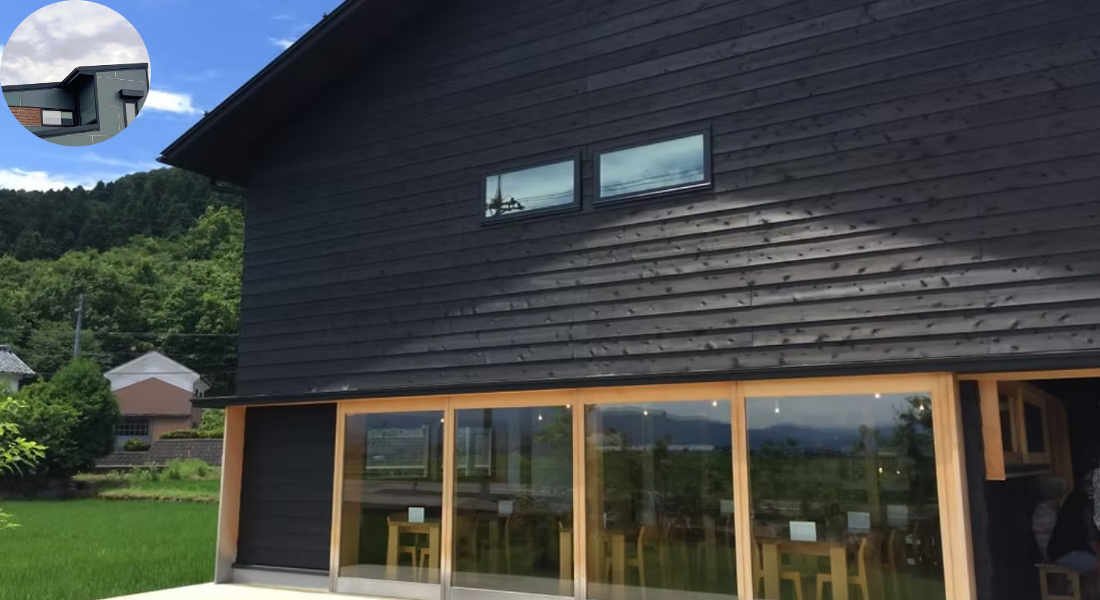Black houses have surged in popularity for their bold, modern aesthetic, but they also come with unique thermal challenges. Dark exteriors absorb significantly more solar radiation than lighter colors, converting sunlight into heat and raising surface and interior temperatures. This introductory overview explores five key reasons black houses may become hotter, from the physics of color absorption to the practical impacts on energy efficiency and comfort.
The Psychological Effect of black on Our Emotions and Why it’s Becoming Popular in Home Design
Black has a powerful psychological impact on our emotions. It evokes feelings of sophistication, elegance, and strength. In today’s fast-paced world, homeowners gravitate towards this bold color to make a statement.
This trend is not just about aesthetics; it also reflects a desire for individuality and confidence in design choices. Black houses stand out against greener landscapes or urban backdrops, turning heads and sparking conversations.
When used thoughtfully, it can foster coziness and warmth while remaining chic. This duality appeals to many seeking style and comfort in their living spaces.
As designers push boundaries, incorporating black into home architecture allows fresh interpretations that challenge conventional norms. No wonder more people embrace this striking hue as they redefine modern living environments.
Sustainability: how black houses can reduce energy consumption and contribute to a greener environment
Black houses can play a significant role in sustainability. Their dark exterior allows for better heat absorption, especially with energy-efficient materials. This means they stay warmer during colder months, reducing the need for excessive heating.
Black houses often cool down more efficiently during summer nights than lighter-colored homes. As temperatures drop after sunset, these structures release stored heat into the interior spaces. This natural temperature regulation leads to lower energy consumption overall.
These features enhance their green credentials, from solar panels to rainwater collection systems.
Choosing a black home doesn’t just reflect personal style; it aligns with environmentally conscious choices. The combination of aesthetic appeal and functionality makes them an attractive option for those looking to impact the planet while enjoying contemporary design positively.
You may also read (how to determine if black siding affects home temperature).
Aesthetic Appeal and Versatility: how black houses can fit into any style or Neighborhood
Black houses stand out in a sea of color, making a bold statement in any neighborhood. Their sleek design offers an air of sophistication that can elevate the entire streetscape.
The versatility of black is remarkable. It pairs seamlessly with various architectural styles—modern, rustic, or traditional. A minimalist black structure can contrast beautifully against lush greenery or vibrant flowers.
Homeowners often find that black exteriors enhance their property’s curb appeal, attracting attention for all the right reasons. The deep hue allows unique textures and materials to shine, adding depth to a home’s character.
Whether nestled among historical homes or standing alone in contemporary developments, a black house creates intrigue and sparks conversation. This aesthetic flexibility ensures that these striking dwellings remain relevant across changing design trends.
Cultural significance and breaking away from traditional norms in architecture
Black houses signify a shift in architectural norms. They challenge the longstanding preference for lighter colors associated with traditional homes. This movement embraces boldness and individuality.
Cultural significance plays a crucial role here. Black architecture often reflects a community’s identity, values, and aspirations. It stands as a statement against conformity, inviting discussions about aesthetics and modern living.
Breaking away from tradition allows architects to explore innovative designs without being bound by historical conventions. The allure of black homes lies in their ability to harmoniously blend into various settings while making an impactful visual statement.
As more homeowners choose black exteriors, they contribute to evolving narratives around what constitutes beauty in design. This trend opens doors for creative expression and redefines our expectations of residential architecture.
You may also read (can black paint make your house unbearably hot).
Financial benefits: the potential resale value and cost-saving advantages of owning a blackhouse
Owning a black house can offer remarkable financial advantages. As the trend for these striking homes rises, so does their potential resale value. Homebuyers increasingly seek unique properties that stand out in today’s market. A beautifully designed black house attracts attention and generates excitement among prospective buyers.
Black houses often feature insulation materials that help maintain a comfortable indoor temperature, reducing heating costs during colder months. This can translate to significant savings on utility bills over time.
Furthermore, many regions are seeing increased buyers’ interest in eco-friendly options as sustainability becomes a priority. A well-executed black house design demonstrates modern aesthetics and embodies environmental consciousness—two qualities highly sought after by today’s home seekers.
Investing in a black house may provide homeowners with immediate satisfaction and long-term financial benefits that align with evolving tastes and values within the housing market. The combination of aesthetic appeal and functionality positions these homes as worthy contenders for anyone considering their next real estate investment.
You may also read (does a cosigner have ownership of the house).

